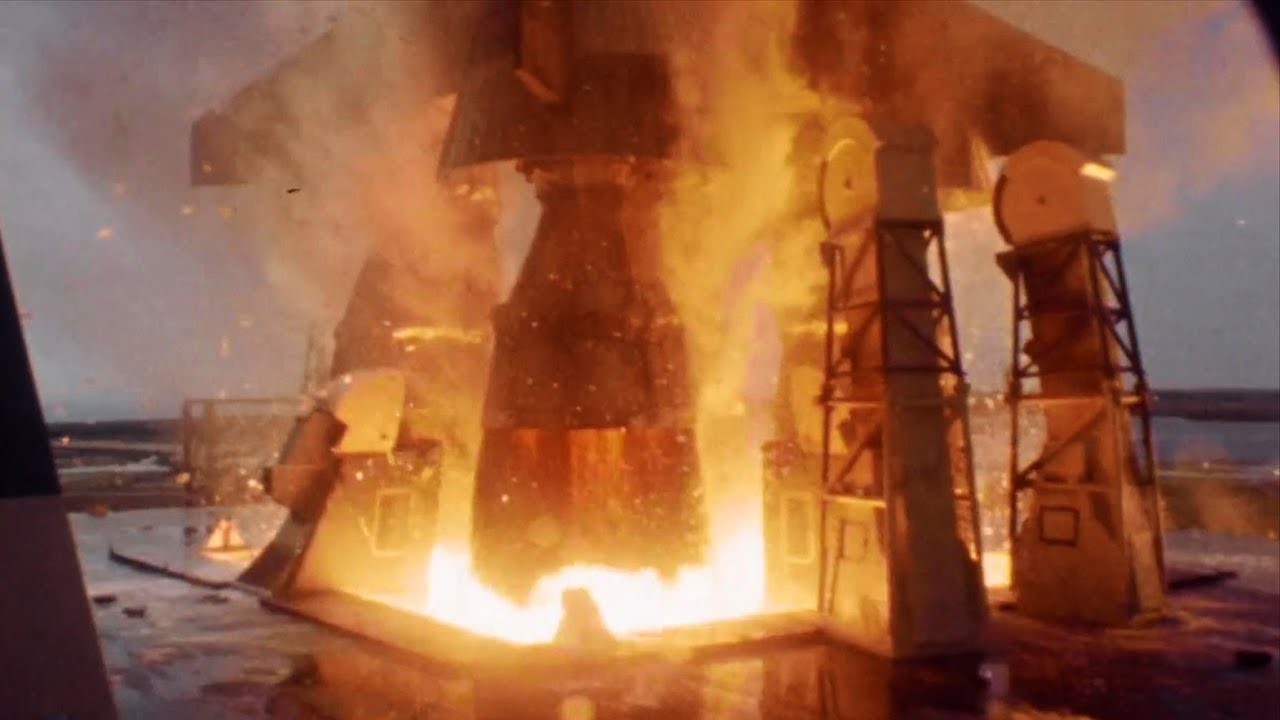Depends on your definition of "makes sense". Both the Shuttle and the Delta 4 use LH2/LOx in their first stages, although many people think the costs outweigh the benefits.
If someone has a long history of successfully building and flying an easier liquid rocket, then it might be time to think about LH2/LOx. That's not being negative, just realistic.
Fair enough, and the mission of the Delta IV allows the use of LH2.
But the reality is that RP-1 is far easier to handle than LH2, mainly because it is non-cryogenic. Because of the nature of the Saturn V with its classic staging, RP-1 and LOX were the path forward because of the technology of the day and its ability to meet schedule. The first stage sep occurred at about 38 miles, where the atmospheric density is 0.02% of sea level. The LH2/LOX propellants were for the stages that operated in near space and beyond when Isp matters most.
Rockets using LH2/LOX tend to be HUGE because of fuel density of LH2 and the requisite need for large tankage. For example, the S-II (Saturn V's second stage), had a huge LH2 tank compared to the LOX tank (and the very creative common bulkhead that separated them).

You see the same thing with the External Tank for the shuttle, the ET's length was due to accommodate the required LH2 to run the SSME's to orbit.

With the shuttle, the SRB's provided ~80% of the thrust at liftoff as compared to the 3 x LH2/LOX SSME engines (about 7% each).
The Delta IV variants use the LH2/LOX RS-68A engines which have less than half the thrust of the first generation RP-1/LOX F-1 engines of the Saturn V's first stage.
The use of LH2 at liftoff can be done (as does the Delta IV), but in the case of the Saturn V is was not the way to go.
That and the Saturn V has a very high coolness-factor at liftoff.

Greg






